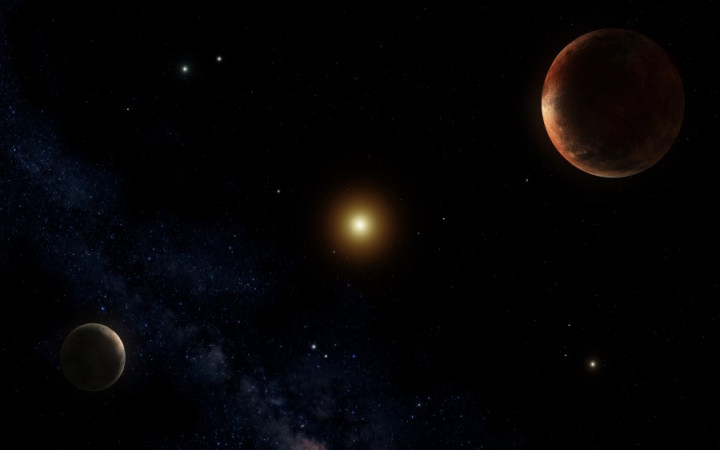If you've ever uttered a saying along the lines of “My Very Educated Mother Just Served Us Nine Pizzas," then you probably learned a mnemonic device to help you remember the order of the planets in our solar system. After all, it's an easy way to remember the order of Mercury, Venus, Earth, Mars, Jupiter, Saturn, Uranus, Neptune, and Pluto.
Of course, scientists then went and messed everything up by stripping Pluto of its status as a full-fledged planet. Maybe a new saying could be "My Very Educated Mother Just Served Us Nachos." Would that be the last time the saying would have to change? You never know. New scientific discoveries could bring a need to change it yet again.
For example, did you know that there's a planet between Mars and Jupiter? Wait a second, you may be thinking. My Very Educated Mother Just…nope, there's nothing else between Mother and Just. What are we talking about? Ceres, of course!
Ceres (pronounced “series") is a dwarf planet that sits in the asteroid belt between Mars and Jupiter. It's the largest object between those two planets, and it's also the largest object between the Sun and Pluto that had never been visited by a spacecraft.
That changed in March 2015, however, when NASA's Dawn spacecraft explored Ceres for the first time. Scientists hope to learn more about this dwarf planet that was first discovered in 1801 — nearly 130 years before Pluto!
Like Pluto, Ceres is a dwarf planet, which means that it's round and orbits the Sun but has not yet "cleared the neighborhood" of its orbit in space of other objects. In other words, Ceres' gravitational force isn't great enough to overpower other objects in its path—either by attracting or repelling them—as it orbits around the sun. In addition to Ceres and Pluto, the International Astronomical Union currently recognizes three other dwarf planets: Eris, Makemake, and Haumea. However, scientists believe that there could be hundreds more dwarf planets yet to be discovered.
Photographs from the Dawn spacecraft show that the surface of Ceres appears to be covered with craters that are like scars from the dwarf planet's rough life in the asteroid belt. Scientists speculate that Ceres may have been developing into a full-sized planet when Jupiter's formation halted its growth approximately 4.6 billion years ago. Studying Ceres may give scientists further insight into how the solar system formed.
So what will scientists discover when the Dawn spacecraft sends back data about Ceres? Some scientists believe Ceres is mainly made up of rock and ice with liquid water deep underground. Other scientists have speculated that the Dawn spacecraft will find a weird world of volcanoes that spew ice rather than lava with a thin frozen outer shell that conceals an ocean of mud that could harbor life. Hopefully, Dawn's exploration of Ceres will give scientists enough data to clarify their understanding of this mysterious dwarf planet!




